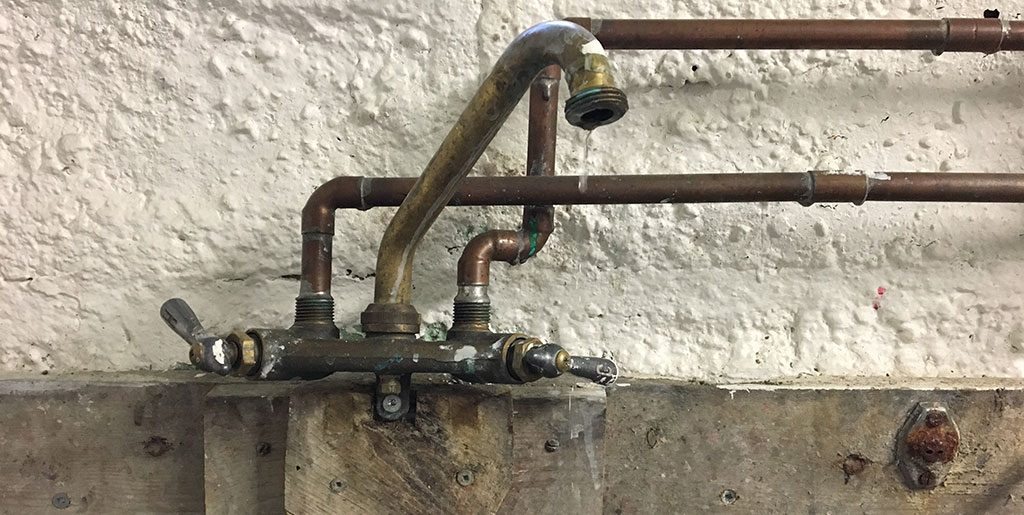Has The Toronto Bubble Finally, Popped?

You’re likely to find lead pipes in older homes built prior to the mid-1950s. Lead pipes were commonly used for many centuries because of the low cost and ease of use. Now, if you’re wondering, are lead water pipes safe? You’re right to have concerns.
Under imperfect conditions, lead from pipes can leach into water. If this happens, our bodies can absorb lead through the air, food or drinking water. Even now, we are exposed to trace amounts of lead every day. However, too much exposure (especially through ingestion) can lead to lead poisoning. This can cause kidney damage or reproductive complications and fertility issues. In fact, children who are exposed to it can have permanent changes in behavior, their nervous system or ability to learn.
To manage the health implications of lead traveling through water, materials like copper replaced lead pipes. Now we are using copper and plastics like PEX piping or PVC. Copper has a golden colour when new or when the patina is removed. PEX and PVC are also obvious if it’s in your home.
Side note: lead pipes are different from cast iron pipes. Cast iron or galvanized steel pipes were used in homes before copper. The problem with these types of pipes were that they would rust from the inside out and eventually leak. Cast iron has its own problems, but not the same serious health risks as lead. Copper and plastic don’t corrode. Plastic has started to move in to replace copper because copper is a more expensive material and more time consuming to install.
Luckily, lead pipes are not that common within the home after the water arrives at the home. If your home was built before the 1950s you should investigate the possibility of lead pipes or even just a lead supply line to the home (unless you are aware of a replacement already being made). Multi-unit residences with more than six apartments won’t have lead pipes because the lead is too soft a material for the pressure required for that type of property. If you suspect your home may have a lead supply line, there are a few things that can be done to check:
If you confirm you have lead pipes, you can keep using the water that comes through them. However, you should let the water run freely for a minute before using it for food or drink. Water that is in contact with the pipe for a longer time is more likely to have absorbed lead. Also, avoid using hot water for drinks and cooking, as it is more likely to dissolve lead and carry it.
You can also contact any number of companies about having a filtration system put in. Some specifically address the lead issue.
If the lead pipes are within your own home, have a licenced plumber come in. They will replace them with a contemporary safe alternative.
Keep in mind, if the lead pipe is supplying water to your home underground before the meter, you will be responsible for the section that is on your property. The city will only replace the section that connects your home to the municipal water main. 
[image via City of Toronto]
It is wise to replace both sections at the same time and there is an application you can submit under the Priority Lead Water Service Replacement Program to start the process with the city that can be found here. If you are not in the City of Toronto, contact your own local municipality for information on replacement programs and incentives for lead pipes.
The City of Toronto estimates that of its 437,000 residential customers, approximately 31,250 homes contain lead water service pipes. If you think there is a chance you could be one of them, you should look into it for the safety of yourself and your loved ones.
While we are not experts at determining what type of pipes you have, if you need any help determining the age of your home, we are happy to help with that.
Contact us. We’re nice.
—
This article is written by Fox Marin Sales Representative, Ian Busher. With an extensive background in carpentry and contracting, Ian is our resident “Renovations Expert”! He takes pride in his ability to assess the quality and condition of a house. This, in tandem with his talent for speaking to the feasibility and cost of potential renovations, and his eye for the aesthetic details of a property, makes him a powerful partner for anyone looking to buy a home in the Toronto real estate market.